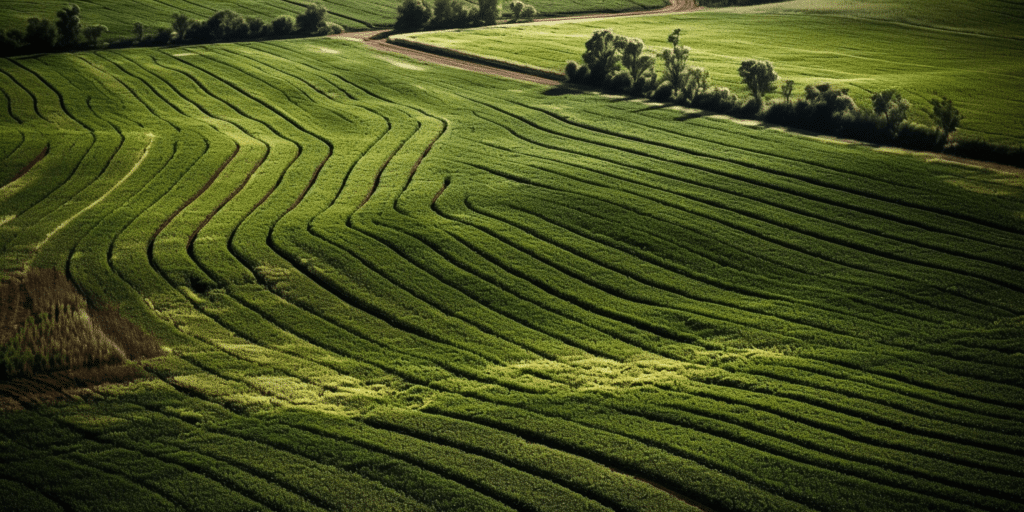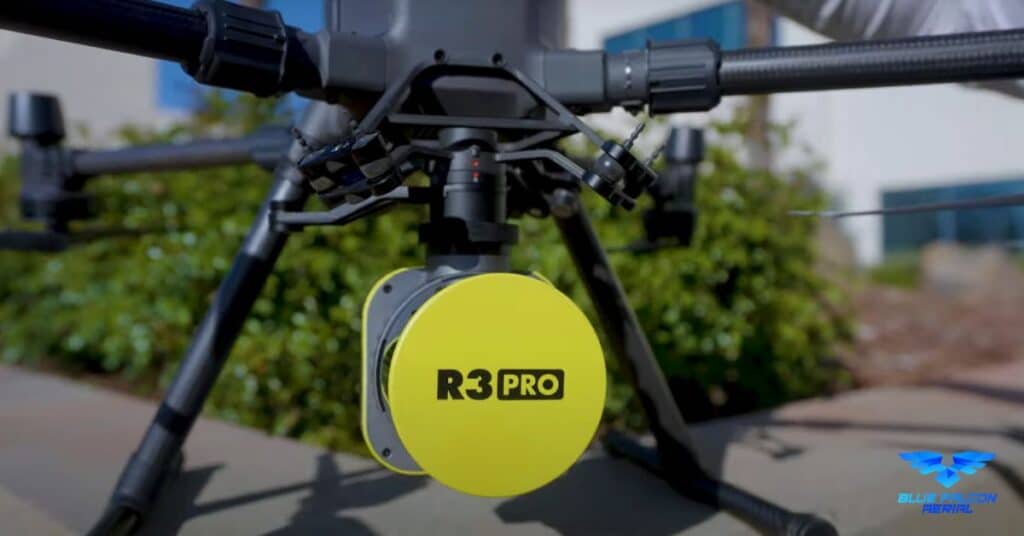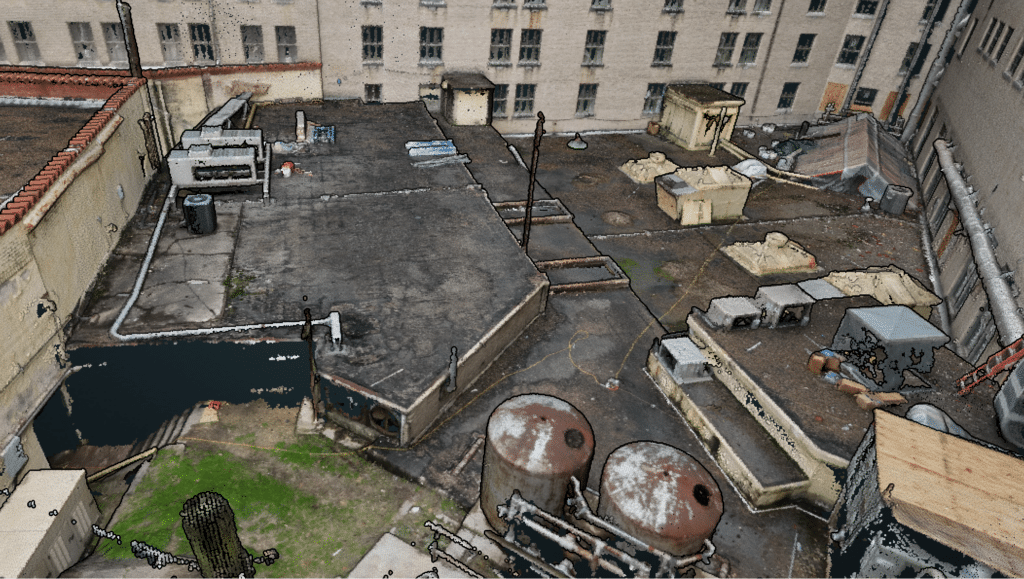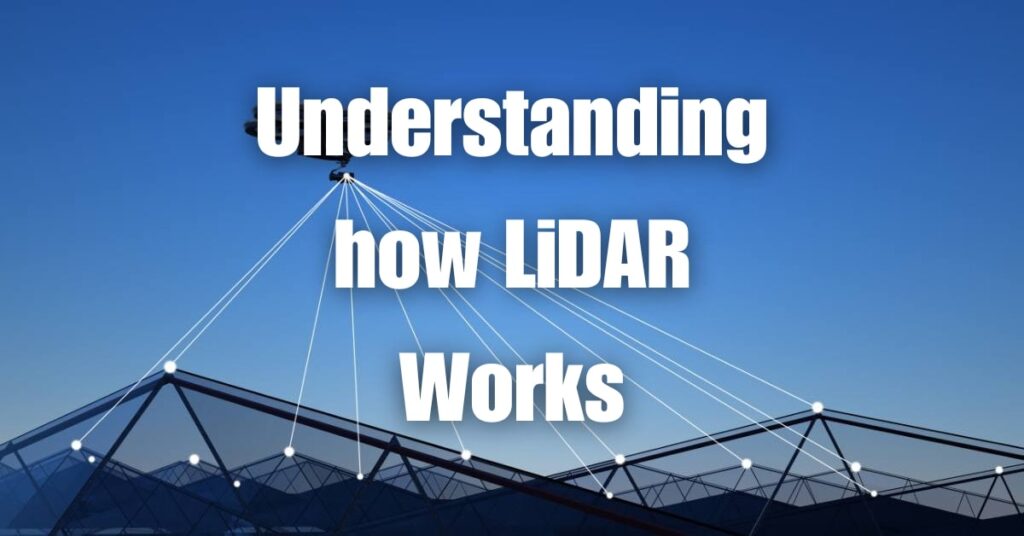Sustainable farming practices are crucial to meeting the demands of a growing global population while preserving the environment for future generations. Aerial precision agriculture is an innovative approach that combines advanced drone technology with data-driven decision-making to enhance the sustainability and productivity of modern farms. In this article, we will explore how aerial precision agriculture can help farmers adopt more sustainable farming practices, with a focus on the benefits and applications of this cutting-edge approach.
Aerial Precision Agriculture for Sustainable Farming Practices
1. Improved Crop Health Monitoring
One of the key advantages of aerial precision agriculture is the ability to monitor crop health more accurately and efficiently. Drone-mounted sensors, such as multispectral and hyperspectral cameras, can capture high-resolution images that reveal subtle changes in crop health and vigor. By identifying issues like nutrient deficiencies, pests, and diseases early on, farmers can take targeted action to address these problems, reducing the need for blanket chemical applications and promoting more sustainable crop management practices.
2. Enhanced Water and Nutrient Management
Water and nutrient management are critical aspects of sustainable farming, as they directly impact crop yields, resource efficiency, and environmental health. Aerial precision agriculture enables farmers to collect detailed data on soil moisture, nutrient levels, and plant water stress, allowing them to optimize irrigation and fertilizer applications. This targeted approach not only conserves valuable resources but also minimizes nutrient leaching and runoff, which can lead to water pollution and other environmental issues.
3. Reduced Environmental Impact
Aerial precision agriculture can significantly reduce the environmental impact of farming by enabling more efficient use of inputs like water, fertilizers, and pesticides. By targeting these inputs more precisely, farmers can minimize waste and reduce the potential for environmental contamination. Additionally, the use of drones for monitoring and data collection can reduce the need for heavy machinery on the farm, leading to lower fuel consumption and greenhouse gas emissions.
4. Increased Biodiversity and Soil Health
Sustainable farming practices often emphasize the importance of maintaining biodiversity and soil health to support long-term productivity and ecosystem resilience. Aerial precision agriculture can help farmers achieve these goals by providing detailed information about the structure and composition of their fields. For example, drone imagery can be used to identify areas of high biodiversity, such as hedgerows and wildflower margins, which can then be preserved or enhanced to support pollinators and other beneficial organisms. Similarly, remote sensing data can provide insights into soil health, helping farmers make informed decisions about cover crops, tillage practices, and other management strategies that promote soil conservation and fertility.
5. Improved Farm Planning and Decision-Making
Finally, aerial precision agriculture can facilitate more sustainable farming practices by improving the overall planning and decision-making process on the farm. Access to real-time, high-resolution data enables farmers to monitor their fields more closely and make timely, informed decisions about crop management, resource allocation, and other critical aspects of their operations. This data-driven approach can lead to more efficient and sustainable farming practices, ultimately contributing to greater profitability and environmental stewardship.
Conclusion
Aerial precision agriculture offers a powerful tool for enhancing the sustainability of modern farming practices. By harnessing advanced drone technology and data analytics, farmers can improve crop health monitoring, optimize water and nutrient management, reduce environmental impact, and support biodiversity and soil health. In doing so, they can ensure the long-term productivity and viability of their farms while minimizing their ecological footprint.
To learn more about the transformative potential of aerial precision agriculture and other drone applications in farming, we encourage you to visit Soaring High: A Comprehensive Guide to Building and Growing Your Drone Business. This valuable resource provides insights and guidance on how drone technology is revolutionizing the agricultural industry, with a focus on practical strategies for implementing aerial precision agriculture on your farm.
If you’re considering adopting aerial precision agriculture for sustainable farming practices or need any drone services completed, don’t hesitate to contact Blue Falcon Aerial. You can reach out to us through our contact page to discuss your specific needs and discover the best solutions for your farm. Our team of experts is dedicated to providing cutting-edge drone services tailored to your unique requirements, helping you take full advantage of the latest trends and innovations in aerial precision agriculture. By partnering with Blue Falcon Aerial, you can ensure a more sustainable, efficient, and profitable future for your farming operations.




